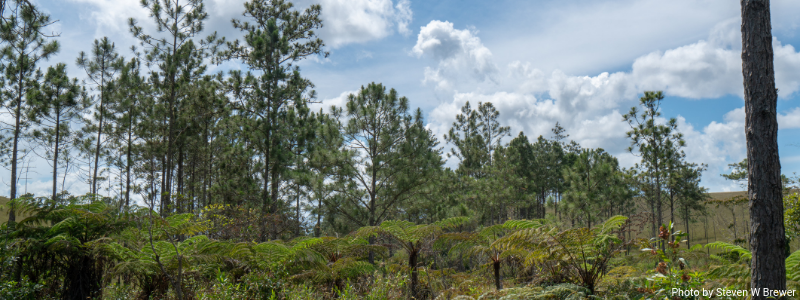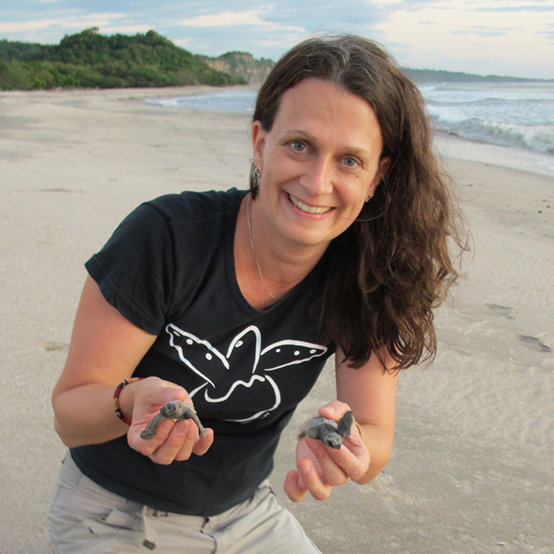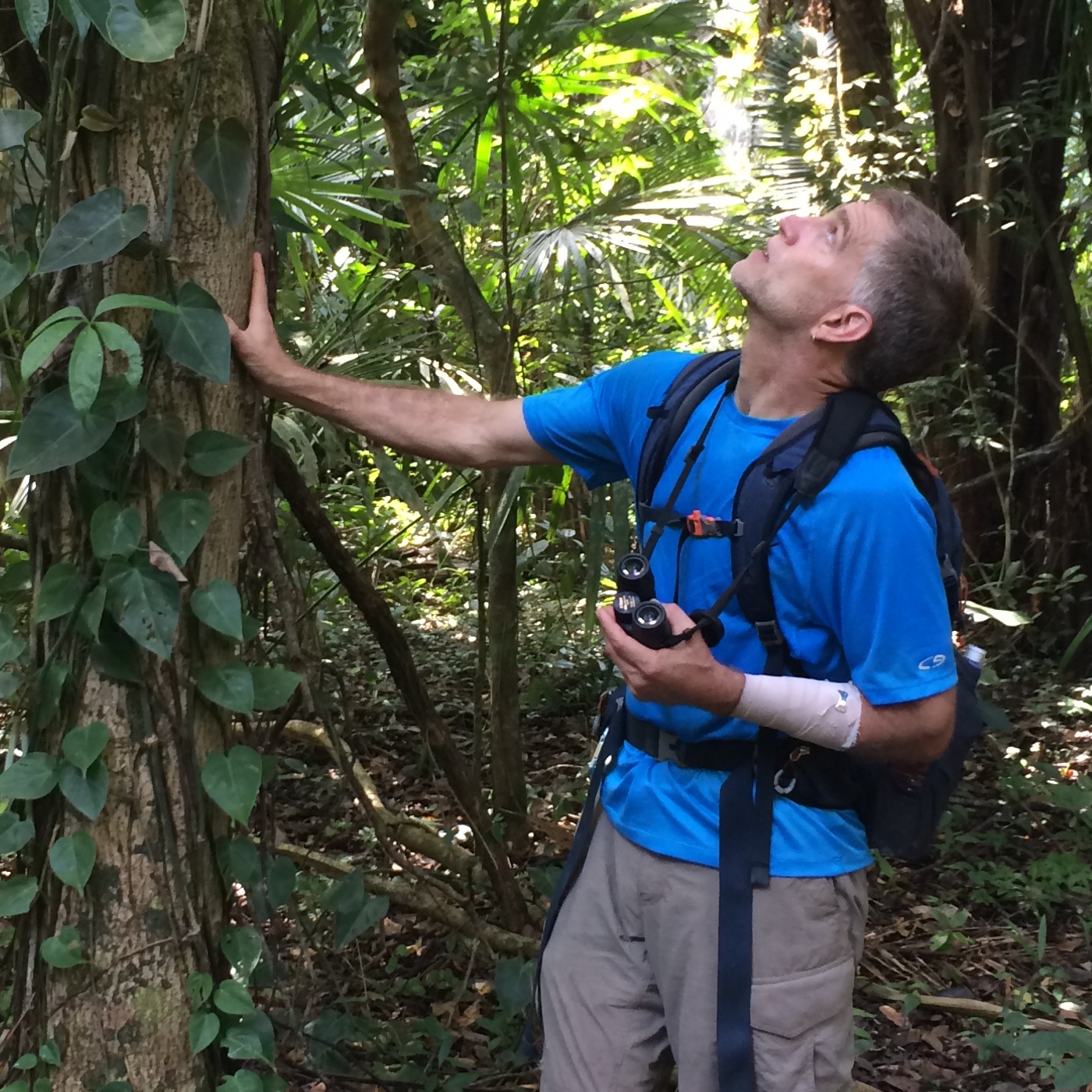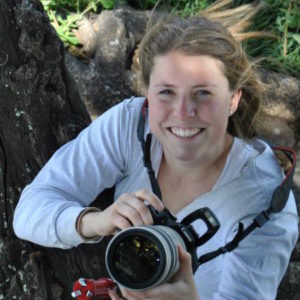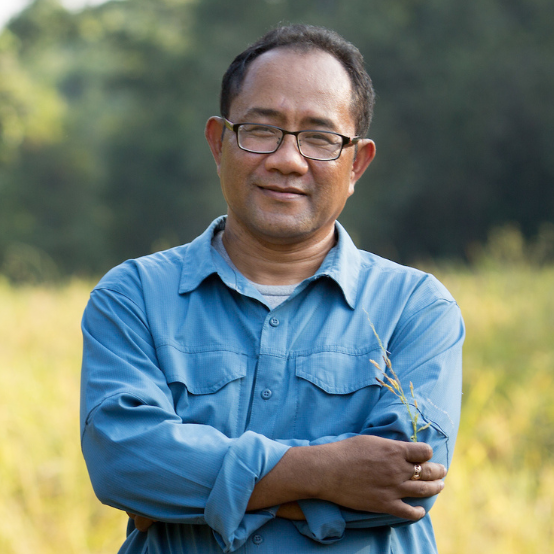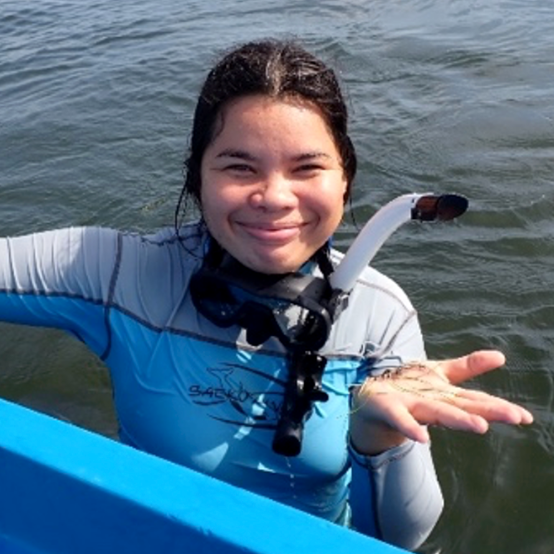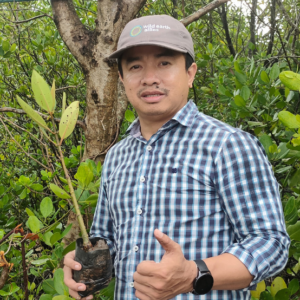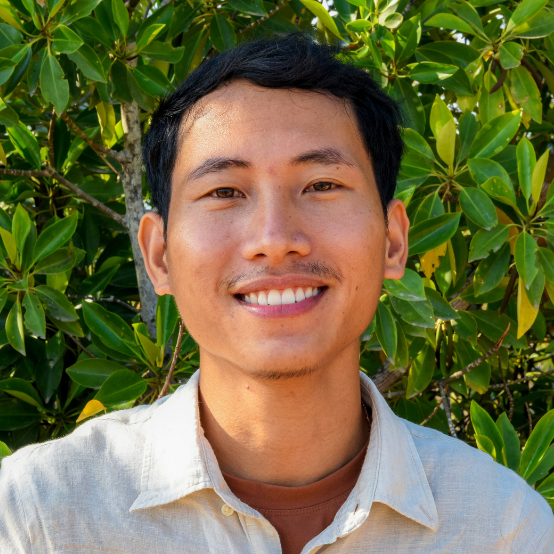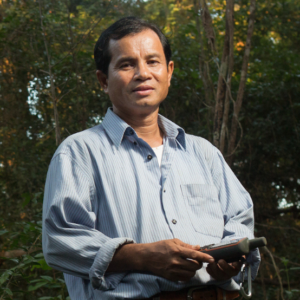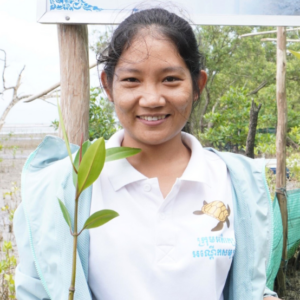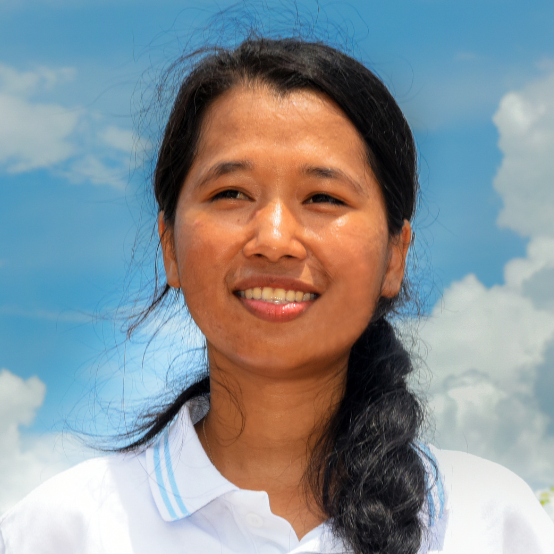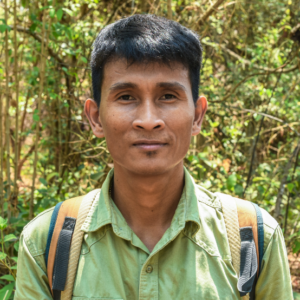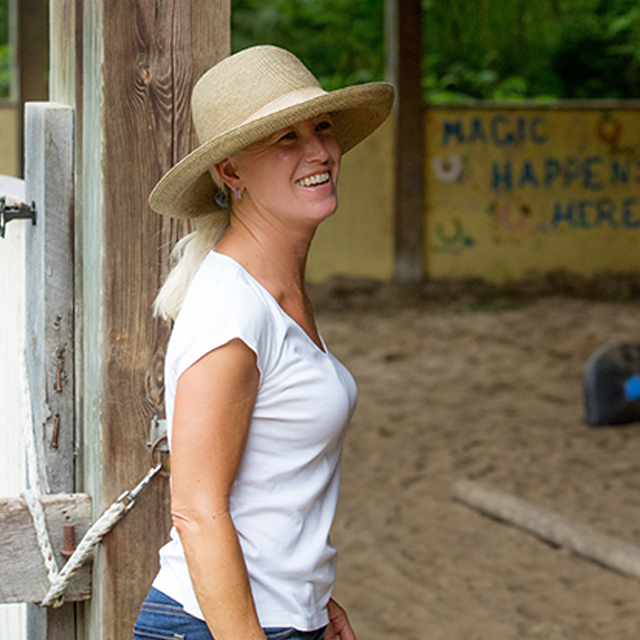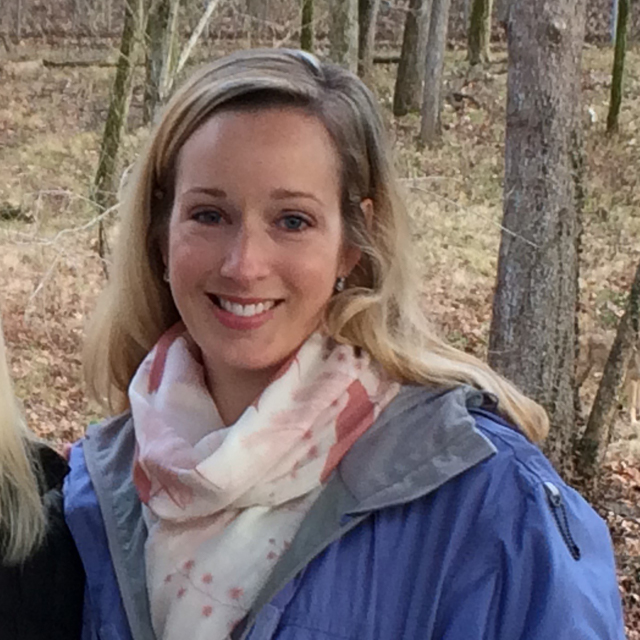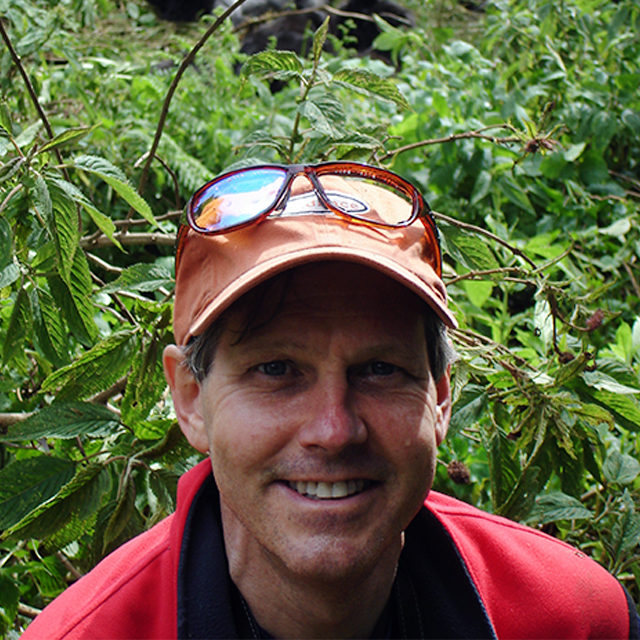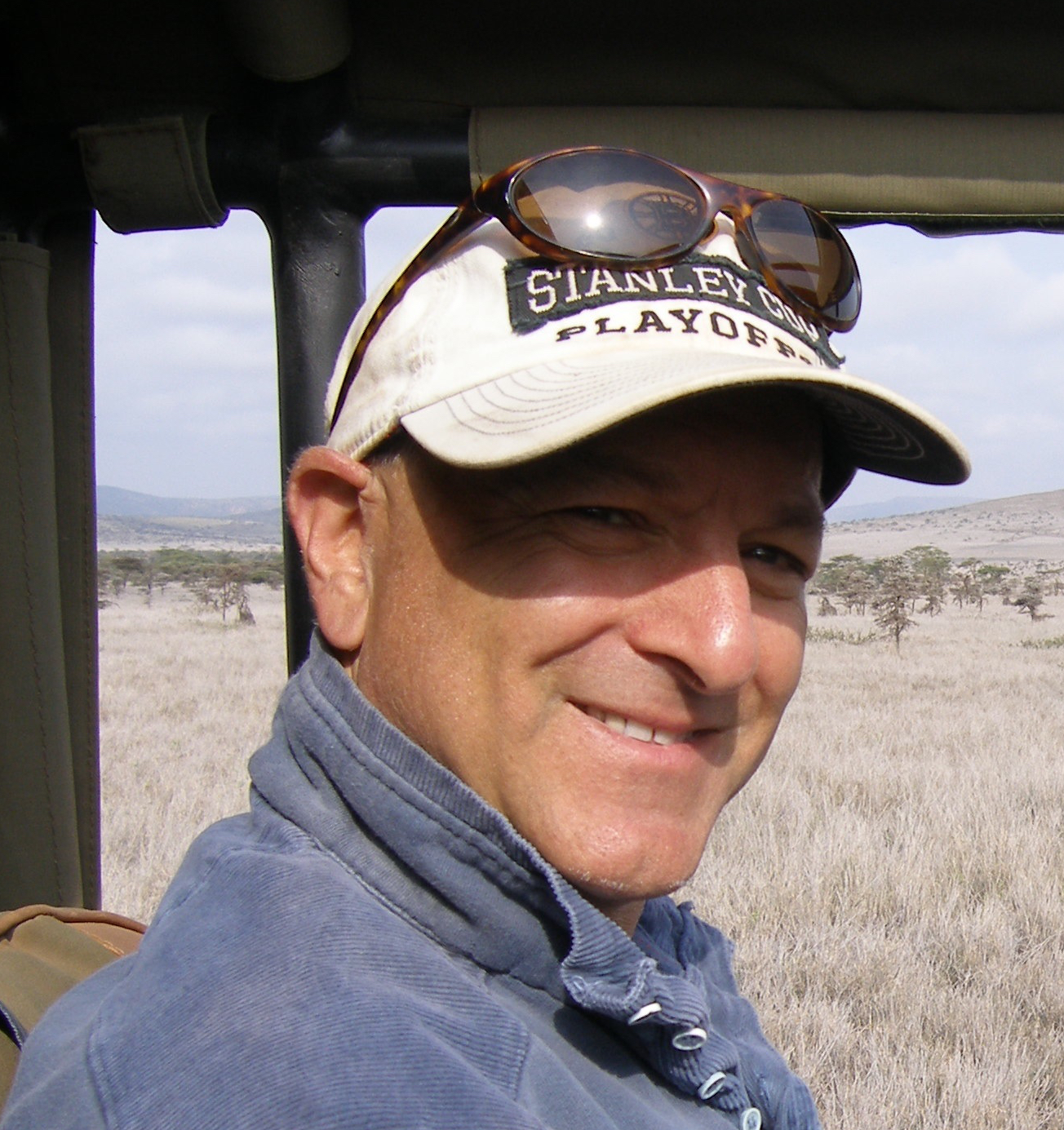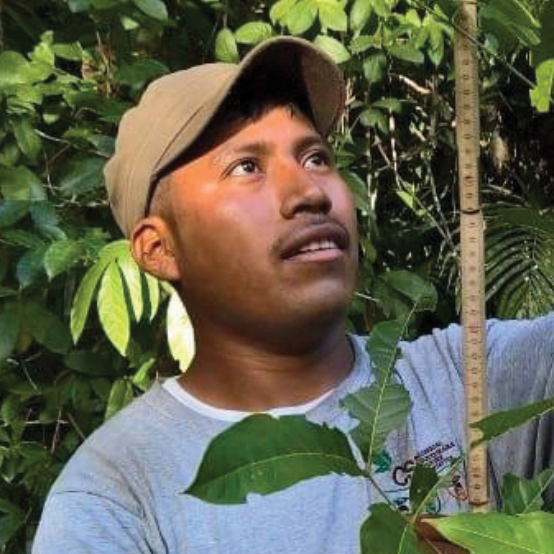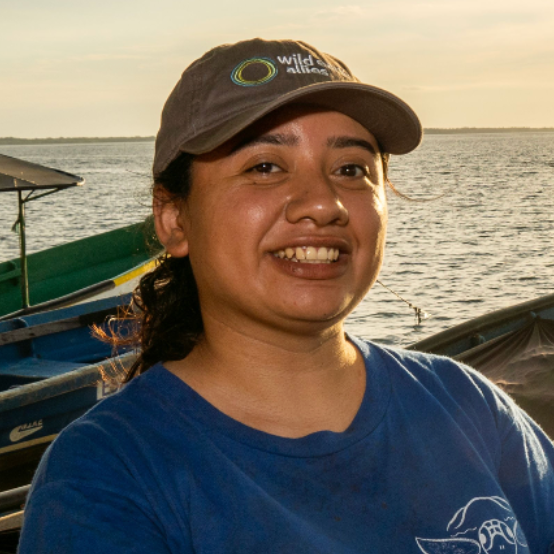The Bald Hills savannas of the north-central Maya Mountains transition to pine-oak forests to broadleaved rainforests, resulting in a rich array of tree species across the landscape. Learn more about the ecological principles that explain these transitions in our previous post on the Bald Hills.
A major component of the Trees of Belize Project is identifying, locating, and assessing the tree species of Belize, in collaboration with local botanists and the Environmental Research Institute of the University of Belize. This accumulation of botanical knowledge will ultimately lead to a comprehensive field guide of the Trees of Belize.
Here, we invite to you to learn about a few of the species identified in the Bald Hills and surrounding landscape:
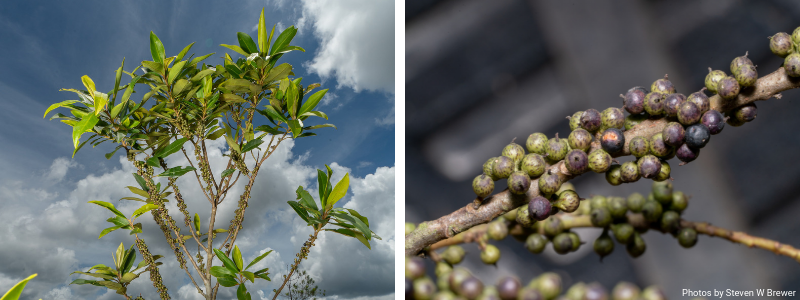
Myrsine coriacea is one of only a few common tree species that thrive in a landscape defined by edaphic (soil-caused) drought and fire. It survives in part through a smaller stature, thick leathery (coriaceous) leaves, and an ability to disperse wide and far to relatively moist pockets in the landscape.
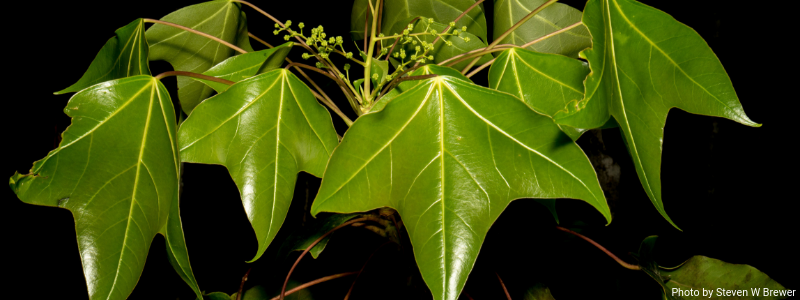 Oreopanax sanderianus
Oreopanax sanderianus
Oreopanax sanderianus is a tree species that grows in the Bald Hills area in high-elevation moist broadleaved gallery forests, sometimes mixed with pine, as a free-standing tree, or as an epiphyte (a plant that grows on another plant but is not parasitic) on other trees. It is found at high elevations in Central America but is scarce and listed globally as vulnerable (a category just below endangered) by the IUCN. It is found in Belize only in the Bald Hills area, Victoria Peak, and possibly in the higher elevations of the Sittee River Forest Reserve.
The species is named after a famous German-born orchidologist and businessman, Henry Frederick Conrad Sander, who brought a live specimen from Guatemala to England in the 1800s. Its Guatemalan common names are “cohete” and “tronador,” which translate to “rocket” or ”fireworks” and “thunder,” respectively.
 Dicranopteris flexuosa
Dicranopteris flexuosa
Native “Tiger Fern” species such as this Dicranopteris flexuosa have fronds that become highly flammable when they die back, and underground stems that withstand fire. Once established, they promote fire and regrow quickly to smother competing plants.
In 2018, Wild Earth Allies kicked off the Trees of Belize Project, a multi-year effort dedicated to growing and cultivating in-country expertise and interest in botany. Dr. Steven W. Brewer is leading the Trees of Belize project in collaboration with the Environmental Research Institute at the University of Belize.
Consider supporting this effort. Donate today.

